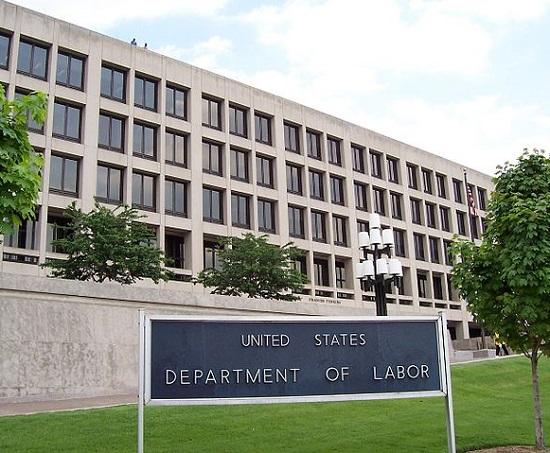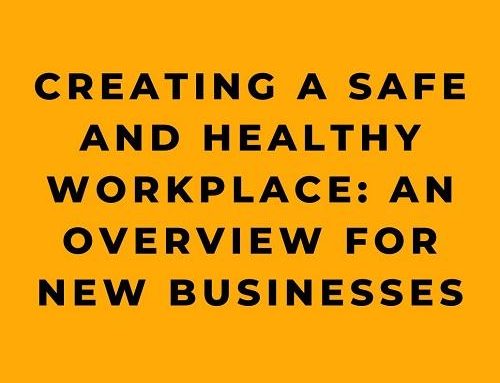The Critical Role of the Competent Person in Ensuring Workplace Safety and Compliance with OSHA Regulations
Working in hazardous environments poses significant risks to the safety and health of employees. However, having knowledgeable individuals overseeing safety protocols can help minimize those risks. One such important role is that of the “Competent Person” – a designation defined by the Occupational Safety and Health Administration (OSHA) referring to an individual with specific qualifications and responsibilities related to workplace safety. This article explores the definition, qualifications, duties, and overall importance of the Competent Person in various industries to promote compliance with OSHA regulations and foster a culture of safety.
Defining the Competent Person
OSHA defines a Competent Person as “one who is capable of identifying existing and predictable hazards in the surroundings or working conditions which are unsanitary, hazardous, or dangerous to employees, and who has authorization to take prompt corrective measures to eliminate them” [29 CFR 1926.32(f)]. In other words, a Competent Person is an individual who possesses sufficient knowledge, training, and experience in a specific field to be able to effectively identify, evaluate, and address hazards in the workplace.
On OSHA’s website, we find the entire definition written as follows: “The term “Competent Person” is used in many OSHA standards and documents. An OSHA “competent person” is defined as “one who is capable of identifying existing and predictable hazards in the surroundings or working conditions which are unsanitary, hazardous, or dangerous to employees, and who has authorization to take prompt corrective measures to eliminate them” [29 CFR 1926.32(f)]. By way of training and/or experience, a competent person is knowledgeable of applicable standards, is capable of identifying workplace hazards relating to the specific operation, and has the authority to correct them. Some standards add additional specific requirements which must be met by the competent person.”
A Competent Person should have a thorough understanding of the work processes, materials, and equipment used in their workplace. They must be familiar with the applicable OSHA regulations and standards, as well as industry best practices related to safety protocols, hazard control, and risk management. OSHA does not designate formal certifications or licenses to qualify an individual as a Competent Person. Instead, it is the employer’s responsibility to evaluate candidates based on the criteria outlined by OSHA and designate the most suitable individual(s) as Competent Persons.
Responsibilities of a Competent Person
The Competent Person serves as the key individual responsible for overseeing safety policies, procedures, and programs within the workplace. Their duties typically involve:
- Conducting routine inspections and hazard assessments to identify dangerous conditions or practices
- Evaluating worksites and operations for compliance with OSHA regulations
- Implementing appropriate measures to eliminate or control identified hazards
- Providing regular safety training and education to workers
- Ensuring the correct use of personal protective equipment (PPE)
- Knowing emergency response procedures and overseeing emergency drills/exercises
- Maintaining documentation and records related to safety activities
- Investigating injuries, illnesses, incidents, and close calls/near misses
- Recommending updates to safety programs, polices, and protocols
The Competent Person acts as an advisor and assistant to management regarding safety matters. They serve as a resource for both employers and employees – empowering workers with safety knowledge while also providing guidance and recommendations to management.
Competent Person Qualifications
While OSHA does not provide an exhaustive list of qualifications, certain key competencies are required for an individual to be considered a Competent Person. These include:
- Working knowledge of the given industry and technical familiarity with site-specific equipment/operations
- Understanding of the potential hazards and risks involved
- Familiarity with OSHA regulations and standards
- Skills in hazard identification, evaluation, and control
- Ability to interpret and apply data (e.g. safety statistics)
- Strong verbal and written communication skills
- Ability to provide effective training and education
- Leadership, motivational, and conflict-resolution skills
Additionally, a Competent Person should stay up-to-date with the latest industry trends, technologies, hazards, and safety practices. Ongoing training and education are essential for maintaining competency. Overall, the Competent Person must have the expertise and experience to fulfill their safety oversight responsibilities diligently.
Industries Requiring Competent Persons
Certain high-risk industries are required by OSHA standards to have Competent Persons on staff to coordinate occupational safety and health programs. Some examples include:
- Construction – Competent Persons are required for oversight of activities like excavation, scaffolding, fall protection systems, and electrical work.
- Agriculture – Tasks related to tractor operations, noise exposure, chemical handling, and respiratory protection require a Competent Person.
- Maritime – Activities like confined space entry, abrasive blasting, and hot work on vessels need Competent Persons to ensure safety.
- Oil and Gas – Drilling, fracking, confined space entry, and other hazardous tasks require Competent Persons.
- Warehousing – Powered industrial truck operation, hazard communication, and lifting equipment require Competent Person oversight.
- Healthcare – Competent Persons manage risks related to radiation, hazardous drugs, and biological hazards.
Competent Persons play a vital role in these industries by applying their specialized knowledge to actively identify and mitigate workplace hazards.
Why Competent Persons Matter
Having competent, qualified individuals managing workplace safety programs has a significant positive impact on the organization and its employees. Some key benefits include:
- Improved compliance with OSHA regulations – Competent Persons have the knowledge to identify noncompliance issues and recommend corrective actions to avoid citations.
- Increased hazard awareness – Through training and communication, Competent Persons enhance overall safety awareness among workers regarding risks.
- Proactive hazard control – Competent Persons take a proactive approach to hazard prevention and implement control measures before incidents occur.
- Safer work environments – By fulfilling safety oversight duties, Competent Persons directly contribute to reducing risks and preventing occupational injuries and illnesses.
- Cost savings – Preventing accidents saves costs related to medical treatment, legal liabilities, equipment damage, and productivity losses.
- Enhanced credibility – Designating Competent Persons demonstrates an organization’s commitment to safety. This builds trust and enhances credibility among workers, regulators, and the public.
- Improved morale – Employees feel more valued and supported when organizations prioritize safety programs led by qualified Competent Persons.
In summary, Competent Persons are individuals with specialized qualifications who play an indispensable role in workplace safety and health programs. Their expertise and oversight activities related to hazard identification, risk mitigation, regulatory compliance, training, and program management provide immense value to organizations and workers alike. By understanding the vital importance of the Competent Person role, employers can utilize these key personnel to effectively protect their most valuable asset – their workforce.










